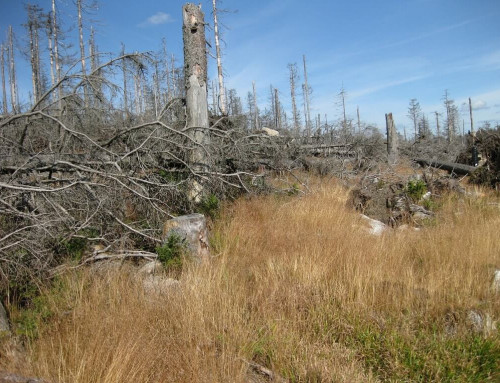
Simple Folding. Image by Pixshark.
ZIMSEC O Level Geography: Folding
- Tectonic movements are those movements that result from the earth’s internal forces.
- When forces move horizontally towards one another they are known as compressional.
- Rocks that make up the earth’s crust are subjected to these compressional forces in a process called folding.
- Folding refers to the transformation of the earth’s structure into folded land-forms as a result of compressonal forces.
- Rocks either fault or fold when subjected to compressional forces depending on whether they are brittle or flexible.
- In folding some of the layers of rocks that form the earth’s crust buckle and form folds.
Types of folding.
- The diagram below shows several types of folding.

Types of folding. Image via Losrios.edu
Symmetrical fold-is when both limbs are equal in steepness on both sides because the compression sides are equal and opposite.
Asymmetrical fold-occurs when one side is steeper than the other because the forces on one side are more than the other force.
Over-fold–occurs when one fold is pushed over the adjoining limb due to increasing compressional forces.
Recumbent fold-occurs when the limbs are nearly parallel to each other and the axis of the fold is horizontal.
Over-thrust fold- occurs when the a recumbent fold is acted upon by extremely powerful compressional forces which causes one of the limbs to fracture. The upper part of the recumbent fold is thrust forward along the fracture plane.
Besides the folds, there are quite a number of land forms that result from folding. Follow the link to view notes on these or click here.
Go to the Geography Notes page to access more topics.



